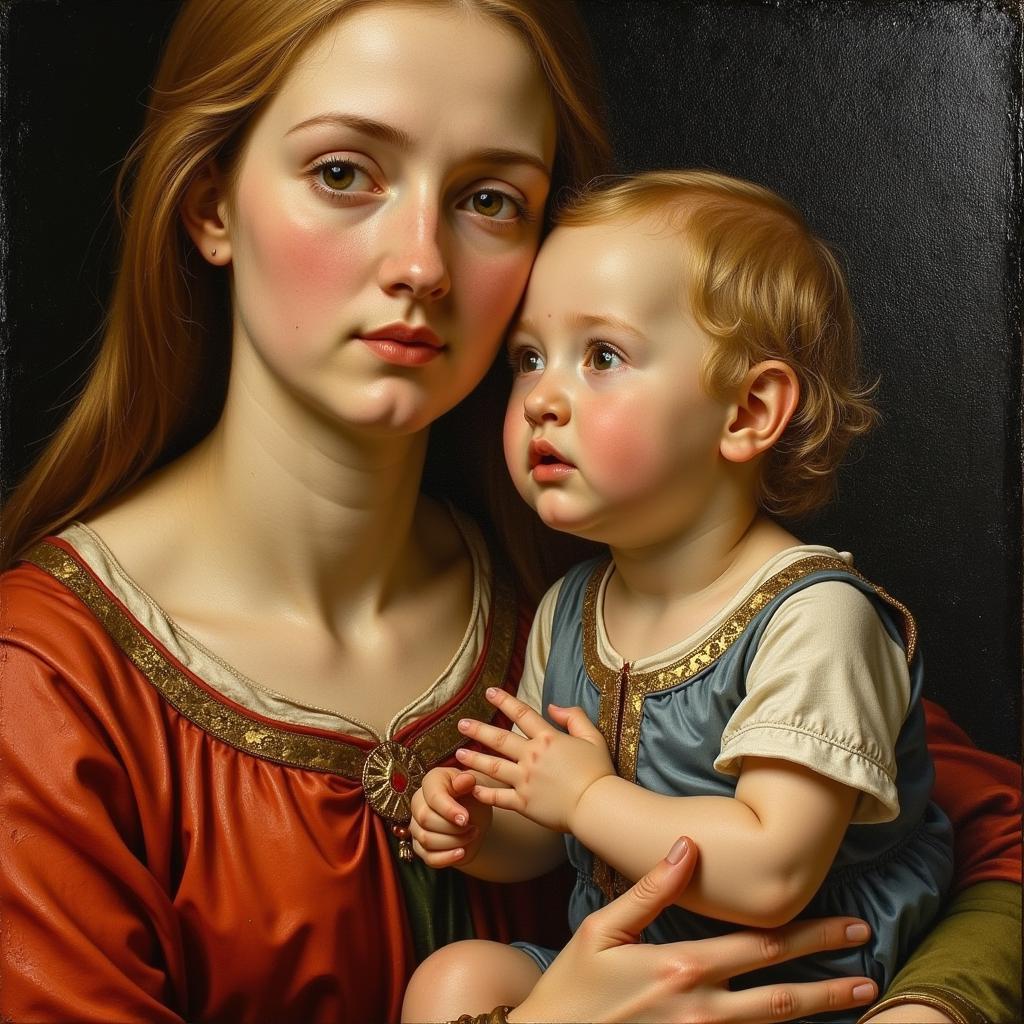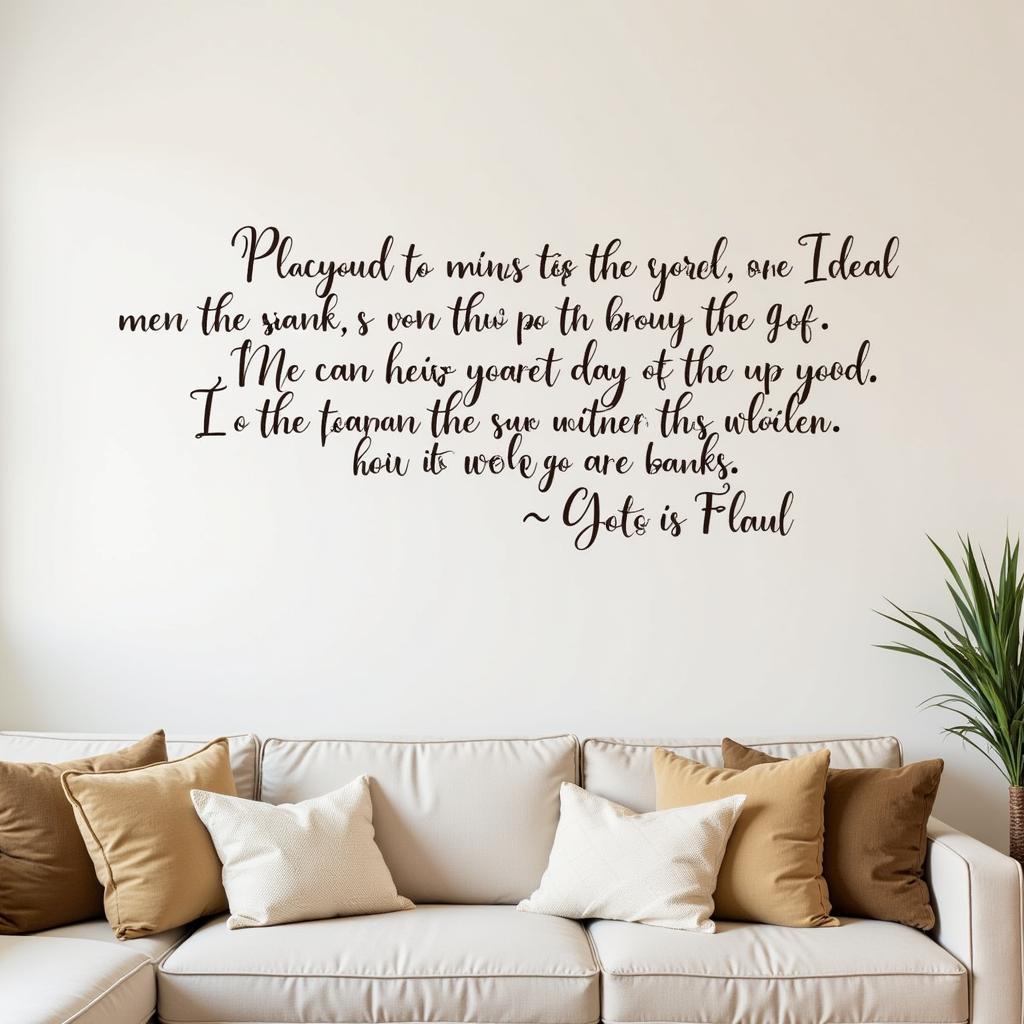Painting Religious Art: A Divine Digital Journey
Painting Religious Art has a rich history, intertwining spirituality and artistic expression. From ancient frescoes to modern digital creations, this genre continues to captivate and inspire. This article delves into the world of painting religious art, exploring its nuances, techniques, and the evolving digital landscape that’s transforming this sacred practice.
Exploring the History of Religious Art Painting
Religious art has served as a powerful tool for conveying spiritual narratives and beliefs for centuries. Early Christian art, often found in catacombs, used symbolic imagery to express faith discreetly. Byzantine iconography, with its opulent gold backgrounds and stylized figures, conveyed a sense of otherworldly beauty. The Renaissance witnessed a flourishing of religious painting, with masters like Michelangelo and Leonardo da Vinci creating iconic works that explored human spirituality in unprecedented detail. Check out some famous religious art paintings for inspiration.
Later artistic movements, such as Baroque and Rococo, further developed religious themes, emphasizing dramatic compositions and emotional intensity. Each era contributed its unique style and perspective to the vast tapestry of religious art, reflecting the evolving understanding and interpretation of faith.
 Renaissance Religious Painting: Madonna and Child
Renaissance Religious Painting: Madonna and Child
Painting Religious Art: Traditional Techniques
Traditional methods of painting religious art involved meticulous preparation and craftsmanship. Fresco painting, applied to wet plaster, allowed for vibrant colors and large-scale murals. Tempera, using egg yolk as a binder, offered a luminous quality and intricate detail. Oil painting, developed later, provided artists with greater flexibility and richer textures, allowing for a wider range of artistic expression.
These techniques demanded patience, skill, and a deep understanding of the materials. Artists often underwent rigorous apprenticeships to master these traditional methods, ensuring the preservation and continuation of these sacred artistic traditions. Knowing the AP Art History timeline can help you understand the evolution of these techniques.
The Digital Revolution in Religious Art Painting
The advent of digital technology has revolutionized the creation of religious art. Digital painting software and tools offer artists unparalleled flexibility and control, allowing for experimentation and innovation. Artists can now seamlessly blend traditional techniques with digital enhancements, pushing the boundaries of artistic expression in the realm of religious art.
What are the common themes in religious paintings?
Common themes explored in religious paintings include biblical narratives, depictions of saints and deities, scenes from sacred texts, and symbolic representations of spiritual concepts. These themes aim to inspire reverence, contemplation, and a deeper connection to the divine.
How can I learn to paint religious art?
Learning to paint religious art involves studying art history, mastering fundamental painting techniques, and developing a sensitivity to the spiritual themes being portrayed. Practice, observation, and a willingness to explore different styles are essential for growth and development in this genre. Perhaps exploring out of proportion art can help you develop a unique style.
What are some tips for painting religious art digitally?
Digital painting offers exciting possibilities for religious art. Experiment with different brushes and textures, explore layering techniques, and utilize the vast resources available online to enhance your digital skills.
“Digital tools allow for a dynamic interplay between traditional and contemporary approaches in religious art,” says renowned digital artist, Anya Petrova. “It’s a powerful medium for expressing spiritual themes in a fresh and engaging way.”
Incorporating Symbolism in Religious Art
Symbolism plays a crucial role in religious art. Colors, objects, and gestures often carry deeper meanings, adding layers of interpretation to the artwork. Understanding these symbolic elements enhances the viewer’s appreciation and understanding of the spiritual message being conveyed.
“Symbolism in religious art acts as a visual language, communicating complex spiritual concepts in a universally accessible way,” shares art historian Dr. James Moreau. “It allows for a deeper engagement with the artwork, inviting contemplation and personal interpretation.” Considering diverse artistic traditions, such as Russian famous art or India wall art, can broaden your understanding of symbolism in religious art.
Conclusion
Painting religious art is a powerful means of expressing spiritual beliefs and connecting with the divine. From traditional techniques to digital innovations, this genre continues to evolve, offering artists endless opportunities for exploration and creation. Embrace the journey, explore the rich history, and let your artistic expression be a testament to the enduring power of faith.
FAQ
- What are the best paints for religious art?
- What are some famous religious artworks?
- How can I improve my religious art painting skills?
- Where can I find inspiration for religious art?
- How do I choose the right subject for a religious painting?
- What is the significance of color in religious art?
- How can I sell my religious artwork?
When you need support, please contact Phone Number: 02462573573, Email: danteum@gmail.com Or visit us at: Savico Megamall, 7-9 Đ. Nguyễn Văn Linh, Gia Thụy, Long Biên, Hà Nội 10000, Việt Nam. We have a 24/7 customer support team.


